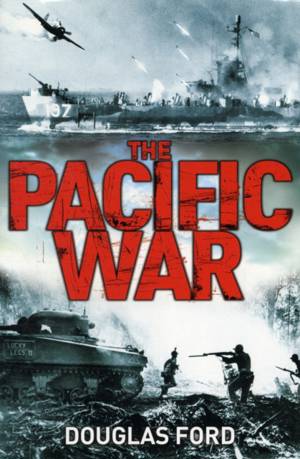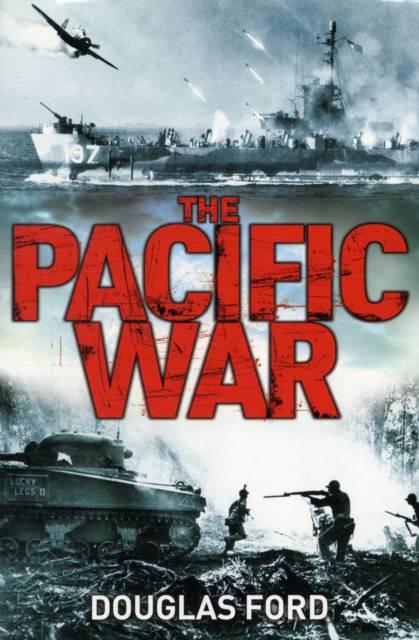
- Afhalen na 1 uur in een winkel met voorraad
- Gratis thuislevering in België vanaf € 30
- Ruim aanbod met 7 miljoen producten
- Afhalen na 1 uur in een winkel met voorraad
- Gratis thuislevering in België vanaf € 30
- Ruim aanbod met 7 miljoen producten
Zoeken
€ 115,45
+ 230 punten
Omschrijving
Drawing on documents in US and British archives, Douglas Ford explores why the belligerents in the Pacific war fought the way that they did. The book focuses not only on the battlefield level, but also provides a perspective from the military high command, government, and non-combatant citizens. How did Japan emerge as a Great Power following the breakdown of the Washington Treaty system of 1921-22? What factors propelled Japan's aggressive expansion on the Asian continent during the 1930s? After Pearl Harbor, Japan rapidly conquered Southeast Asia and the western Pacific but the tide of the war shifted in the Allies' favour at Midway and Guadalcanal. The book concludes with the reasons why the Pacific War ended with Japan's unconditional surrender, and the consequences of the dropping of the atomic bombs on Hiroshima and Nagasaki in August 1945.
Specificaties
Betrokkenen
- Auteur(s):
- Uitgeverij:
Inhoud
- Aantal bladzijden:
- 288
- Taal:
- Engels
Eigenschappen
- Productcode (EAN):
- 9781847252371
- Verschijningsdatum:
- 23/02/2012
- Uitvoering:
- Hardcover
- Formaat:
- Genaaid
- Afmetingen:
- 165 mm x 236 mm
- Gewicht:
- 635 g

Alleen bij Standaard Boekhandel
+ 230 punten op je klantenkaart van Standaard Boekhandel
Beoordelingen
We publiceren alleen reviews die voldoen aan de voorwaarden voor reviews. Bekijk onze voorwaarden voor reviews.











